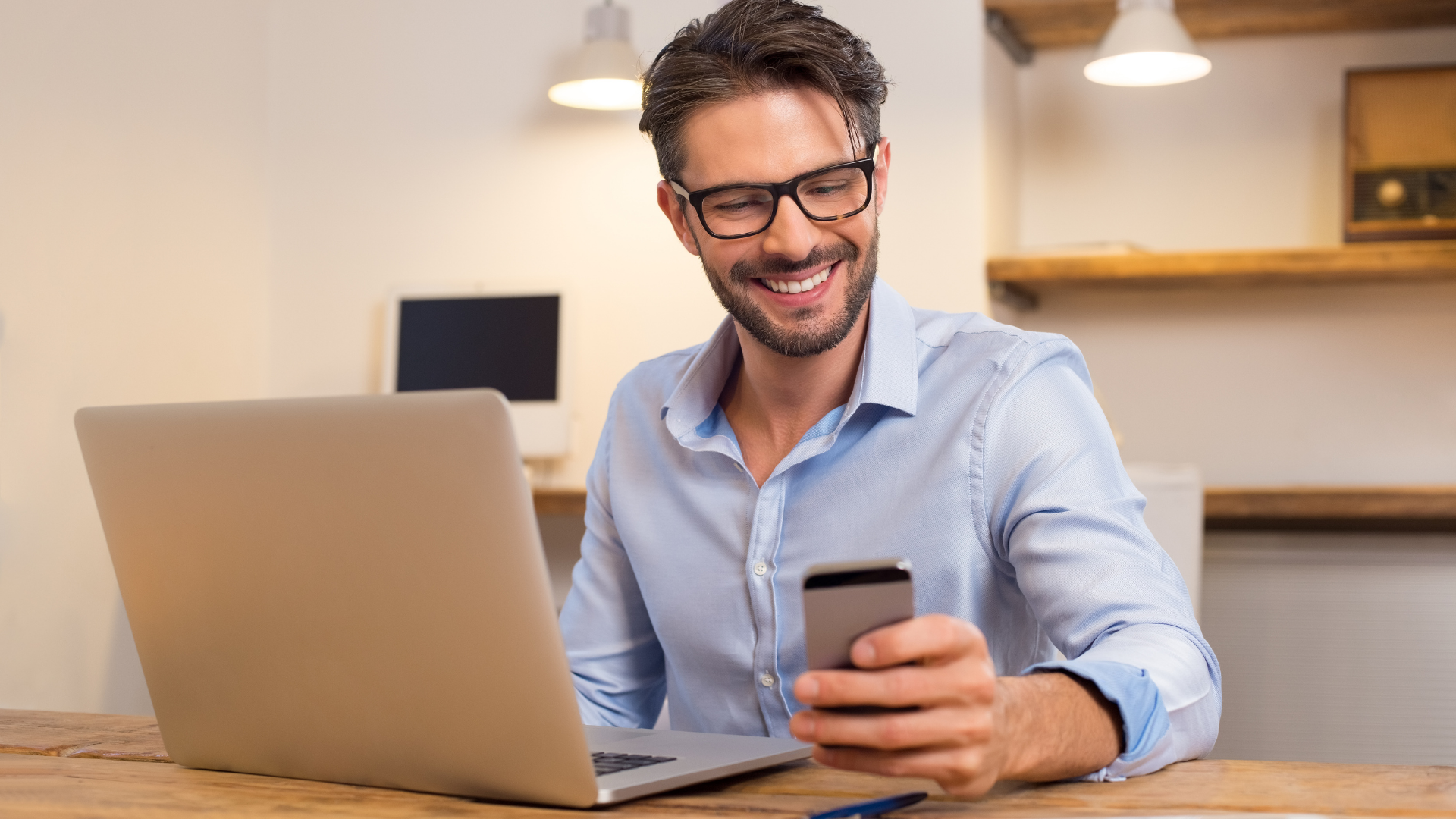Private Mortgage Investing, What you need to know? Is it for you?
This is a special article published to my blog, written by Dean Larson, COO of Northern Alliance Financial. If you have any questions, please contact me directly.
Increasingly, Canadians are becoming more and more aware that traditional investments may not be their only or even best options anymore. The average Canadian, particularly Gen Xers or Millennials, are less likely to blindly follow traditional investment advice from a bank, or even from that family friend, a financial planner, or insurance advisor.
The question is - what has changed? Have people’s expectations changed? Have investments changed? Have our available options changed? The answer to all of these is a resounding “YES!” Historically, banks and insurance companies have created investment opportunities. Consumer-focused investments included life insurance, bonds, mutual funds and other similar products with the object of providing neatly packaged, relatively conservative, accessible investments to the masses.
Today, the public has access to a myriad of investment options that would have once been relegated exclusively to very wealthy individuals or institutional investors. One of these investment options is mortgage lending.
The mortgage market today can be divided primarily into the following categories:
‘Prime’ or ‘A’ Mortgages – These mortgages are for typical mortgage borrowers with good credit, regular employment and a down payment. These low-rate mortgages are obtained primarily from banks, credit unions and monoline mortgage lenders (non bank lenders who are specifically in the mortgage business, and often funded by other big banks).
‘Alt A’ or ‘B’ Mortgages –. These mortgages are designed for borrowers that fall just outside of standard mortgage qualification guidelines. Some borrowers cannot prove self-employment income in standard ways, or provide non-standard down-payments, or have past credit blemishes. Institutional lenders and banks that are specifically focused on this type of lending typically have higher interest rates than ‘A’ lenders.
Private Mortgages – Private mortgages themselves can be divided up into two categories:
- Syndication / Direct mortgage- This is where an individual lends money to a specific borrower on a specific property. The advantage to a lender is that they can dictate their return for that specific mortgage. The disadvantage to the lender is that there are too many eggs in one basket, and if something goes wrong with that specific borrower or property, the individual that lent the money absorbs all the losses. Investment diversification is wise, even with mortgages.
- Mortgage Funds - These funds can take a variety of forms. The technical term from a regulatory standpoint is “Mortgage Investment Entity”. These funds can take form in a variety of structures such as ‘mortgage investment corporation’, ‘mutual fund trust’, or even partnerships and corporations. The differences between them largely have to do with regulatory and tax implications, although one could argue that a more regulated fund with greater checks and balances, further protects the investor.
Advantages for an investor to invest through a fund rather than direct to the borrower include:
i) The investor’s money is in a pool with other investors and invested in a pool of mortgages. So if a mortgage were to default and realize losses, the loss to fund is dispersed among the investors. Typically a well-managed fund can have defaults without individual investors being aware, or suffering significant impact on their returns.
ii) The investor is not concerned about managing the investment, or regulatory issues. The investor is not responsible for any reporting to the borrower, or any managing of defaults, or the payout of the mortgage.
So is it for me? What’s the catch? What’s the risk?
Mortgage funds create a great opportunity for an investor to earn consistent above-average returns. As an investor in a mortgage fund you own shares or units of a Mortgage Investment Corporation (MIC) or Mutual Fund Trust (Trust). That MIC or Trust holds real mortgages registered on title of the subject property. It is not uncommon to see returns of 6-10% consistently on these types of funds. In addition, these investments can often be held within an RRSP, TFSA, RESP, or a variety of other registered investments vehicles, providing the fund has completed the necessary CRA registration.
In spite of all of these positive attributes, not every mortgage fund in Canada has been consistently successful and some have had catastrophic failures. So how does an investor assess comparative risk from one fund to another? What does the investor look for in a fund, to allow themselves the opportunity to take advantage of the strong returns, while also matching a conservative to moderate risk tolerance?
Below are some key questions one should ask when assessing a fund.
- Who is managing the fund? Do the principals and Directors of the fund have a solid and experienced track record in mortgages, lending, investment, and real estate, as well as running a business? The people responsible for the fund should have credentials in each of these areas to show that they can make sound decisions when managing a mortgage fund.
- Does the fund offer a guaranteed return? To an investor this may seem like a positive thing for a fund to offer, but it’s not always as good as it seems. Various economic and other market factors have potential to affect the returns to investors. If a mortgage fund guarantees 10% to its investors and economic and market factors cause the fund to underperform, what happens? In actuality, the fund has to either:
- Continue to pay 10% to the investor, which erodes the investor’s capital by reducing share value.
or
- Make up the loss the following year - which puts pressure on the fund to generate an unrealistic yield and may compromise sound lending parameters.
Many funds have been sunk by guaranteeing a return.
- What are the overall underwriting policies? Most lending decisions involves a complex cocktail of the following:
- LTV (loan to value) – this is the loan amount that the lender will lend divided by the value of the property.
- Lending area – large city, small city, rural etc.
- Property types –residential, commercial, multi family, single family, bare land, new construction.
- Loan size – maximum and minimum amounts.
- Rate – interest rates go up and down in relation to risk.
The above factors must be considered but there are complexities to ensuring that the criteria make sense in the right scenario. The tight rope of providing a solid return while not overextending risk is a developed skill. The success of this will boil down to who your fund’s management team, and if they possess the skills and experience to recognize the reactive correlations of the a-e factors listed above.
In Summary, mortgages represent an excellent high yield opportunity for any investor to participate in the real estate and mortgage market, and to obtain returns that will often beat public markets.
SHARE THIS ARTICLE
RECENT POSTS










